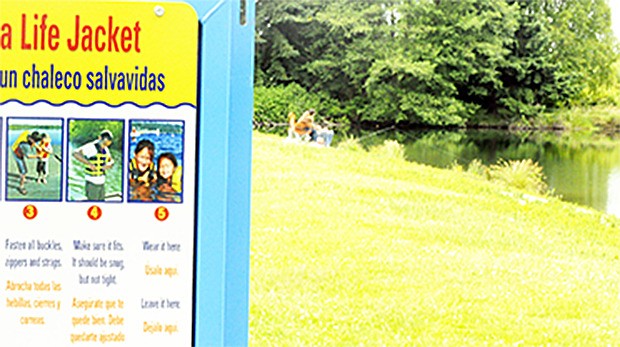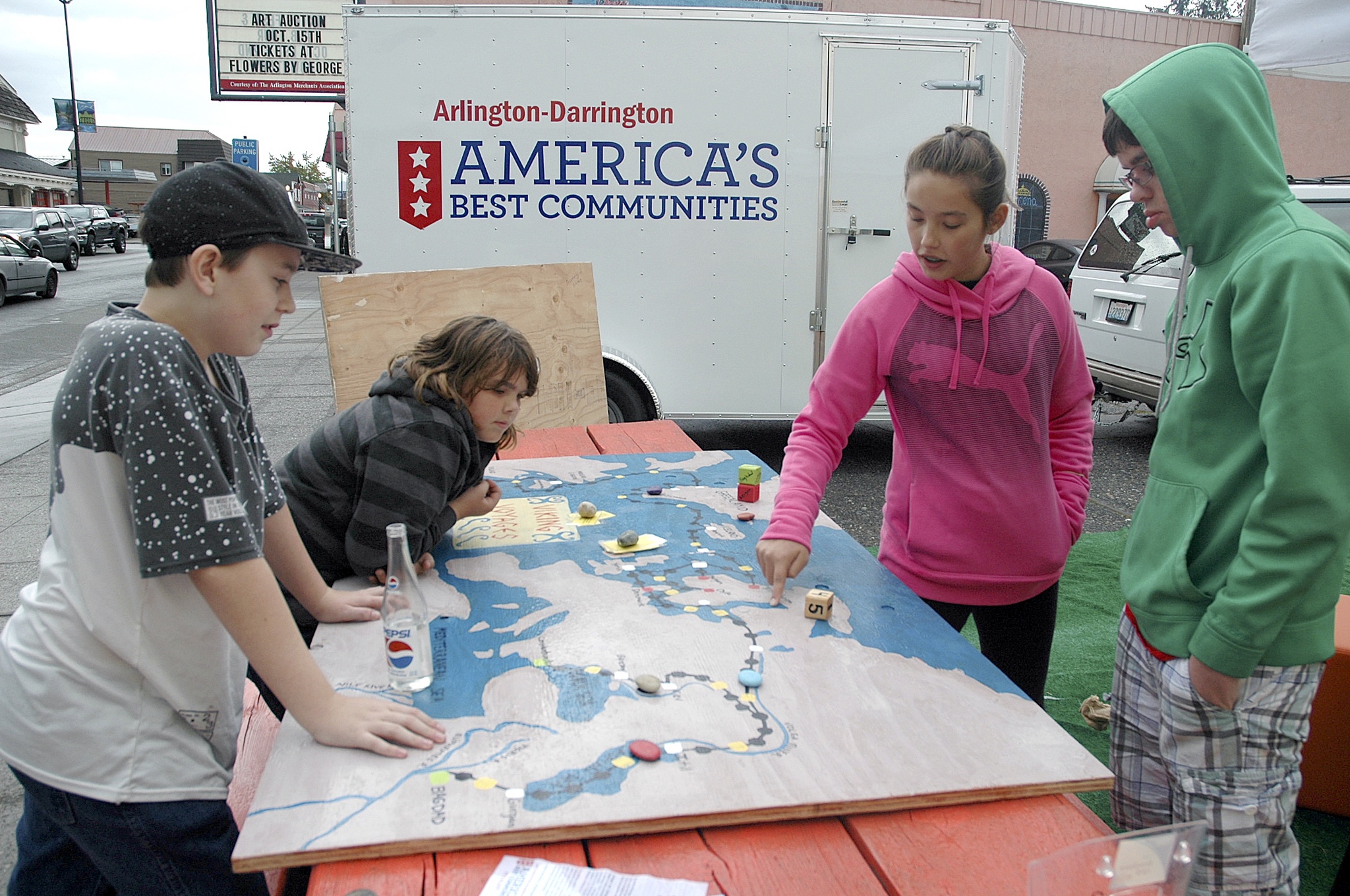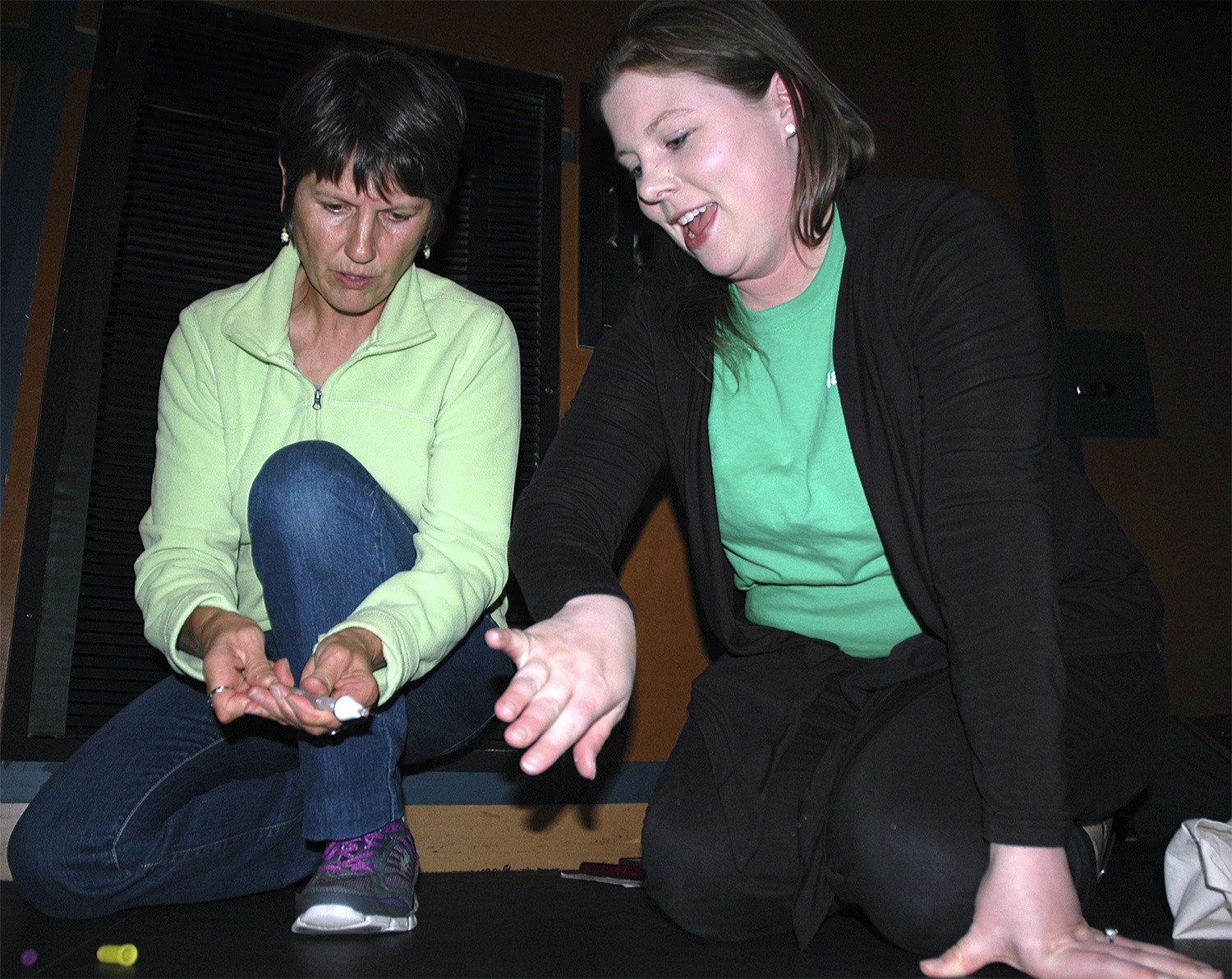With school out for summer and the weather getting hotter, many families are heading to rivers and lakes to cool down and have fun, but officials warn that anyone entering those waters needs to keep safety in mind.
Marysville Parks and Recreation Director Jim Ballew welcomes visitors to use the boat launch at the Ebey Waterfront Park, but wants to make sure they’ll be able to return without incident.
“Our boat launch gets a lot more traffic during July and August,” Ballew said. “What we worry about with inexperienced boaters is making sure that they’re not overloading their boats. You don’t want to be bringing a big cooler and lawn chairs on board a six-foot boat.”
Ballew also advised anyone entering Ebey Slough to use extreme caution with the current.
“Anyone who’s going into the water, even if it’s on a boat, should be wearing a lifejacket, but even with that, swimming in the slough is dangerous because the current is so quick,” Ballew said.
“A lifejacket is not an insurance policy, even when it’s securely fastened and appropriately fitted.”
The current can reach 8-9 knots, and even those who wear lifejackets and stay in their boats need to read tidal charts, since a mistimed low tide could prevent them from getting back to port.
“We also had an issue with people playing in some of the flash flood areas we had this spring, which they should be avoiding,” Ballew said. “That water can be more tricky than it looks.”
Last summer saw the drowning of 10-year-old Elijah Spratt on the Stillaguamish River, and Lt. Rodney Rochon of the Snohomish County Sheriff’s Office Marine Services Unit wants to educate the public well enough that his rescue services will never be needed. His staff has already handled two successful rescues this summer.
“Speaking on behalf of all of us in the Marine Services Unit, our goal is to put ourselves out of business,” Rochon said. “Parents need to pay attention to children in the water, whether it’s a tub, a pool, a lake or a river. At Haller Park and Twin Rivers Park in Arlington, the Stillaguamish River can look so calm, but it’s always moving, and there are all sorts of hidden hazards under the water’s surface, from rocks to logjams.”
One water safety program proved a bit too popular last summer, when the loaner lifejacket cabinet at Gissberg Twin Lakes County Park that was stocked with 20 lifejackets went down to just three in a few weeks. Rochon is hoping not to see a repeat of that this year.
“People who take those lifejackets home jeopardize the program,” Rochon said. “When families come to the park and there aren’t any lifejackets there, that ruins some other child’s day.”
Just as the current in Ebey Slough can change direction with the tides, so too did Rochon note that places like Twin Rivers Park are hazardous for swimmers because the two forks of the Stillaguamish converge there.Rochon noted that, even when the air is 70-90 degrees, the water is nowhere near that warm, and added that you have a 50/50 chance of being able to swim 50 yards in 50-degree water.
“If there’s any kind of current, your chances are even worse,” he said.
Rochon agreed with Ballew that boaters should exercise as much caution as swimmers, which is why the Marine Services Unit participated in Operation Dry Water June 27-29, to reduce the number of accidents and deaths related to boating under the influence.
“Operating a boat under the influence of alcohol or drugs can have serious, even deadly, consequences,” Rochon said.
Boaters whose blood alcohol content level exceeds the state limit of .08 can expect to be arrested for BUI and face serious penalties, including having vessels impounded, paying fines, going to jail and losing boating privileges.
Mark Murphy of the Snohomish County Department of Emergency Management elaborated that colder waters and swifter currents tend to go together, since melting snow can cause both.
“And when you go from that hot summer sun to plunging into water that’s only forty to fifty degrees, your body says, ‘Oh my gosh, I’m in trouble,'” said Murphy, who encouraged Western Washingtonians to be aware of how the heat affects them even on dry land. “We’re not acclimatized to this sort of weather on this side of the mountains. It’s not hideous, but especially if you get humidity or bad air quality, the heat can sneak up on you.”
To that end, no matter how quick your car trips, Murphy urged motorists not to leave children or animals in parked cars, since an outside temperature of 70-80 degrees outside can create a temperature of 100 degrees in as little as 10 minutes inside your car.
“If you get hot when you’re out and about, go to a shopping center or a grocery store or a public library, since they’re likely to have air conditioning, and don’t sit around drinking beer or coffee, because your body won’t react well to that,” Murphy said.
If you plan on laying beside the water rather than diving in, Murphy would remind you to use sunscreen.”A lot of folks are working on their yard tans, but again, we’re not used to this kind of weather, so it’s easy to overdo it,” Murphy said. “Nine months out of the year, we don’t have to deal with any of this stuff, so just be careful.”







